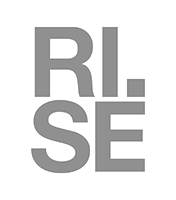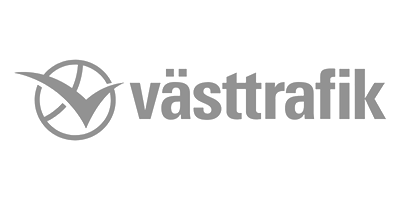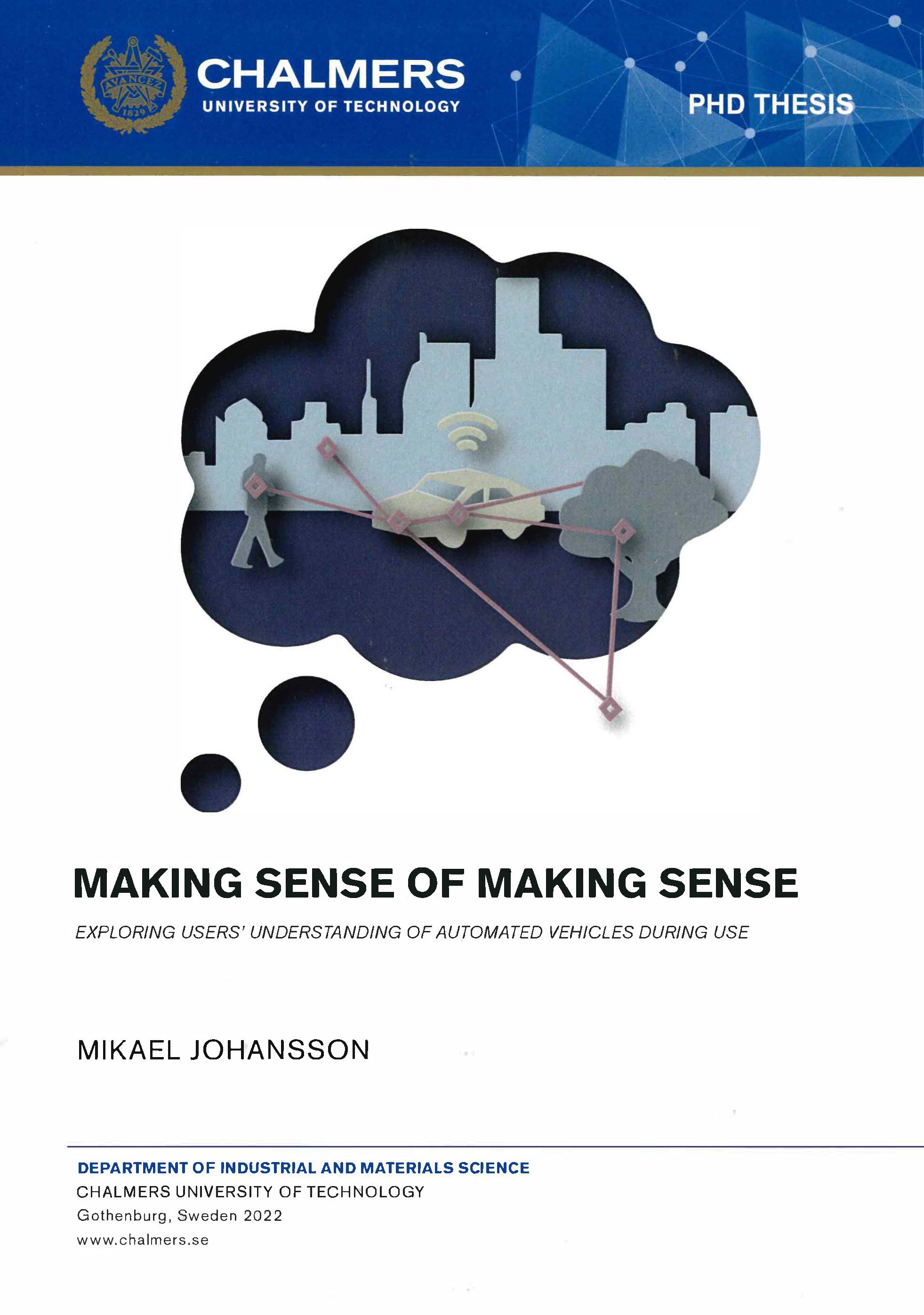A passion for understanding and communicating the interplay between users and technology. Helping organizations better understand their current and potential users.


A few organisations I've collaborated with






Automated vehicles (AVs) are vehicles equipped with technology that can take over parts or all of the driving
task and have the potential to improve the safety and comfort for the user. However, the introduction of
automation creates a situation where the user and AV needs to cooperate to perform the driving, which makes it
very important for the user to understand how to use the AV in order to gain the potential benefits. The work
presented in this thesis explores how users interpret and understand AVs when using them, to generate knowledge
that can support the development of AVs that are safely used and accepted by users.
The findings from three user studies illustrate that users have a complex understanding of AVs that encompasses
what the AV is and how and where to use it. This understanding is developed through a process which involves
making sense of past experiences, instructions, information provided by the AV through e.g. in-vehicle displays
and driving behaviour as well as its interaction with the environment it is used in. Based on the findings,
design considerations that can support the design process are proposed. The insights from the three user studies
highlight the need to broaden the perspective on human-machine interaction as well as develop the information
provided e.g. by instructions and by the AV itself in a consistent and coherent way.
I am a user researcher with a PhD in Human-Technology-Design and a background as an industrial design engineer. Having a system approach to humans’ interaction with technology, considering a range from social-related aspects to the nitty gritty details of the interaction, has led me to develop a large toolbox of both qualitative and quantitative methods.
Interview techniques
Diary studies
Focus groups
Observations
Questionnaires
Video analysis
Prototyping
Information architecture
Visual design
Layout design
Usability testing
SPSS
R
Adobe suite
Figma
Autodesk suite
Html + Javascript